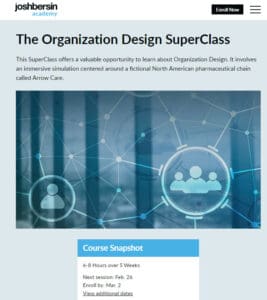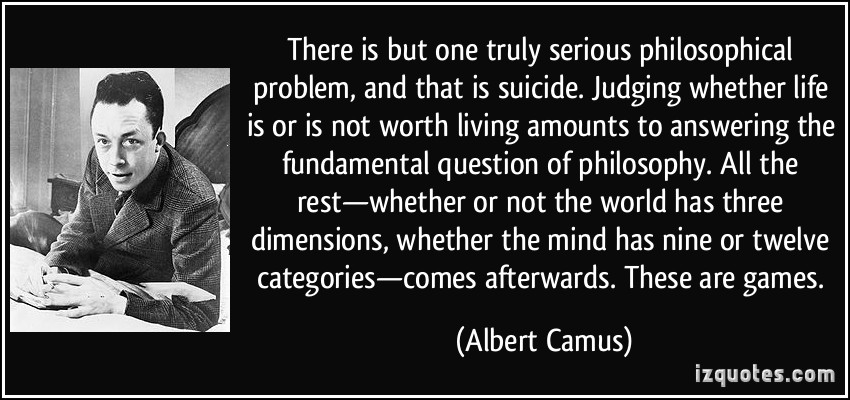This week we witnessed one of the most amazing business stories in years. Meta announced a 22% reduction in headcount coupled with a 25% increase in revenue, resulting in a net income of $14 Billion, up 203% from the year before. This means Meta, a $160+ billion company, is generating 35% net profit after tax (higher than Google, Apple, or Microsoft.)
This is pretty amazing. The company terminates almost one in four of its staff and the financial results skyrocket (Meta’s market cap went up by $1.7 Billion on Friday).
Why Do Companies Over-Hire?
Let’s take a step back. Why do companies over-hire and how can we avoid it? In the coming years as the job market gets even tighter, companies need to grow without a linear growth in staff. We are entering an age where “over-staffed companies” will underperform lean companies, and this requires a change in thinking.
Note, by the way, that the 2024 PwC CEO survey found that C-level execs believe that 40% of their company’s time is wasted on non-essentials. And three of the top ten issues have to do with HR. The same survey also shows that two-third of CEOs believe AI will improve administrative efficiency by 5% or more, and I agree.
#1. Stop thinking that hiring is a strategy for growth.
Many leaders still believe that “hiring more people will make the company grow.” In other words, if you want to “get big fast” (a silicon valley mantra), you hire as fast as you can. More sales people will generate more revenue. More engineers will crank out more products. More marketing people will generate more leads. And more service staff will serve more customers.
These are flawed assumptions. In every functional area there are high performers (super-powered workers) and lower performers. When you rush to hire you force the recruiters to bring in “bodies” and not focus on fit. The result is what I call the “diminishing productivity of each hire.” Each additional person you hire slows down the others already in place.
Yes companies have to replace people who leave and add staff. But when a company hires quickly the shear volume of onboarding and new people forces managers to slow down, staff to slow down, and many existing processes to slow down. And that means each additional “new hire” reduces productivity overall.
We recently interviewed Panasonic, one of the leading manufacturers of batteries. The senior HR leader discovered (through analysis) that line managers were over-hiring and their output had slowed while employees were booking more overtime. While the managers did not agree (see #2), when she shared the data they suddenly realized the problem.
The data revealed that once a production line had more than 50 people scheduled and staffed, productivity decreased. This was due to the diminishing returns curve, where adding more workers beyond an optimal point resulted in less output per worker.
This overstaffing led to increased costs and also resulted in higher defect rates and material waste, as more people on the line did not necessarily equate to more efficiency or better quality. And the production managers did not believe this until they saw the data directly.
Health care providers are among the most advanced in this domain. Given the enormous shortage of nurses and clinical professionals (upwards of 2 million job shortage in the next three years), these companies automate administrative work, decompose clinical care into sub-specialties, and train nurses to operate at the top of their license.
Providence and Stanford Healthcare, for example, have carefully designed the nursing role (by reducing administrative tasks and using AI for scheduling) to reduce staffing per patient with no decrease in patient outcomes.

#4. Redefine the role of managers.
Broadly thinking, there are two models of management: managers who operate as supervisors, and managers who operate as “on-the job coaches.” And while this varies by job and role, highly efficient companies have very few leaders who don’t “run things” as well as “do things.”
As the HR leader at WL Gore told me years ago (a pioneer in flat, efficient management), “managers manage projects, people manage themselves.” In other words, if you want to avoid a bloated bureaucracy of middle managers you have to increase span of control and define “management” as that of coaching, project leadership, development, and alignment.
As you do this people will step up and take leadership positions in teams. In a sense, the way to free productivity is to “manage less, lead more.”
Great leaders, as our new leadership research found, focus on vision, inspiration, focus, and change. These are roles for special people who can set a direction and help others figure out how to get there. They align teams, help people avoid wasting time, and clearly assign accountability. They embrace and encourage change, and they set an example as someone who will always help and coach others.
While these ideas are well understood, fast-hiring often make this impossible. When I worked in “fast hiring” (not “fast-growth”) companies I found managers who were overwhelmed with people issues: onboarding, training, coaching, and problem solving. When you grow slowly and keep spans of control wide you find that peers step up and take responsibility for these tasks. And this helps the company grow.
Again going back to healthcare. It’s not unusual for a nurse supervisor to have dozens of people reporting to her (or him), since these staff are well trained, clear on their jobs, and highly motivated. This is an example of a highly scalable model, and we all have to work on this transformation all the time.






